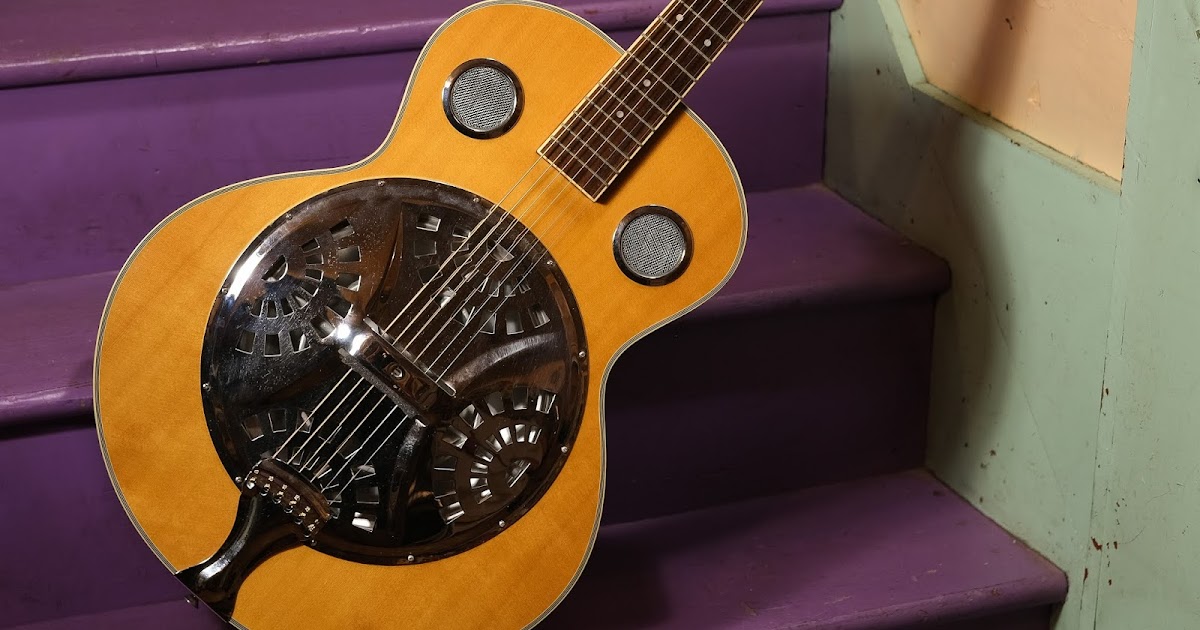Diving into Dobro – Essential Techniques for Novice Players
Dobro, with its distinctive resonator sound, beckons both the curious and the seasoned musician alike. For novice players, diving into the world of Dobro opens a realm of rich tones and endless possibilities. Mastering essential techniques is the key to unlocking the instrument’s full potential. First and foremost, understanding the instrument’s anatomy lays a solid foundation. The Dobro, a type of resonator guitar, features a metal cone beneath the bridge, which amplifies its sound. Unlike traditional acoustic guitars, the Dobro’s resonator creates a distinctive metallic twang, setting it apart in both sound and style. Proper hand positioning is crucial for achieving clean, resonant tones. Begin by placing your dominant hand over the strings near the bridge. Utilize fingerpicks to pluck the strings individually, allowing for precise control and articulation. Experiment with different fingerpicking patterns to discover your unique sound signature. As you familiarize yourself with the Dobro, mastering slide technique becomes indispensable. The slide, typically made of metal or glass, adds a distinctive fluidity to your playing.

Start by placing the slide on your ring or pinky finger of your fretting hand. Maintain a light touch against the strings, allowing the slide to glide effortlessly along the fretboard. Integrating slide technique with proper intonation requires patience and practice. Focus on maintaining consistent pressure against the strings to produce clear, in-tune notes. Experiment with different slide positions to explore the instrument’s tonal range fully. With time and dedication, your slide technique will evolve, imbuing your playing with expressive nuances. Understanding open tunings is fundamental to unlocking the dobro for beginners potential. Unlike standard tuning, open tunings involve tuning the strings to form a specific chord when played open. Common open tunings for Dobro include G, D, and E, each offering unique sonic landscapes to explore. Experiment with different tunings to discover new chord voicing and harmonic textures. Developing a keen ear for tone and dynamics is essential for honing your Dobro skills. Explore the instrument’s dynamic range by varying your picking intensity and slide pressure. Experiment with techniques such as palm muting and string damps to sculpt your sound further.
Embrace the instrument’s inherent expressiveness, allowing each note to resonate with clarity and emotion. Incorporating rhythm and timing into your Dobro playing elevates your musicality to new heights. Focus on developing a strong sense of timing by practicing with metronomes and backing tracks. Experiment with rhythmic patterns such as syncopation and accents to add depth and dimension to your playing. Collaborating with other musicians provides valuable opportunities to refine your rhythmic sensibilities and ensemble skills. Exploring Dobro repertoire exposes you to a diverse array of musical styles and traditions. From blues and bluegrass to country and folk, the Dobro’s versatility knows no bounds. Study iconic Dobro players and recordings, drawing inspiration from their phrasing, technique, and musicality. Transcribe solos and study arrangements to deepen your understanding of the instrument’s vocabulary and idiomatic expressions. Celebrate each milestone along the way, no matter how small, and revel in the joy of making music with this remarkable instrument.